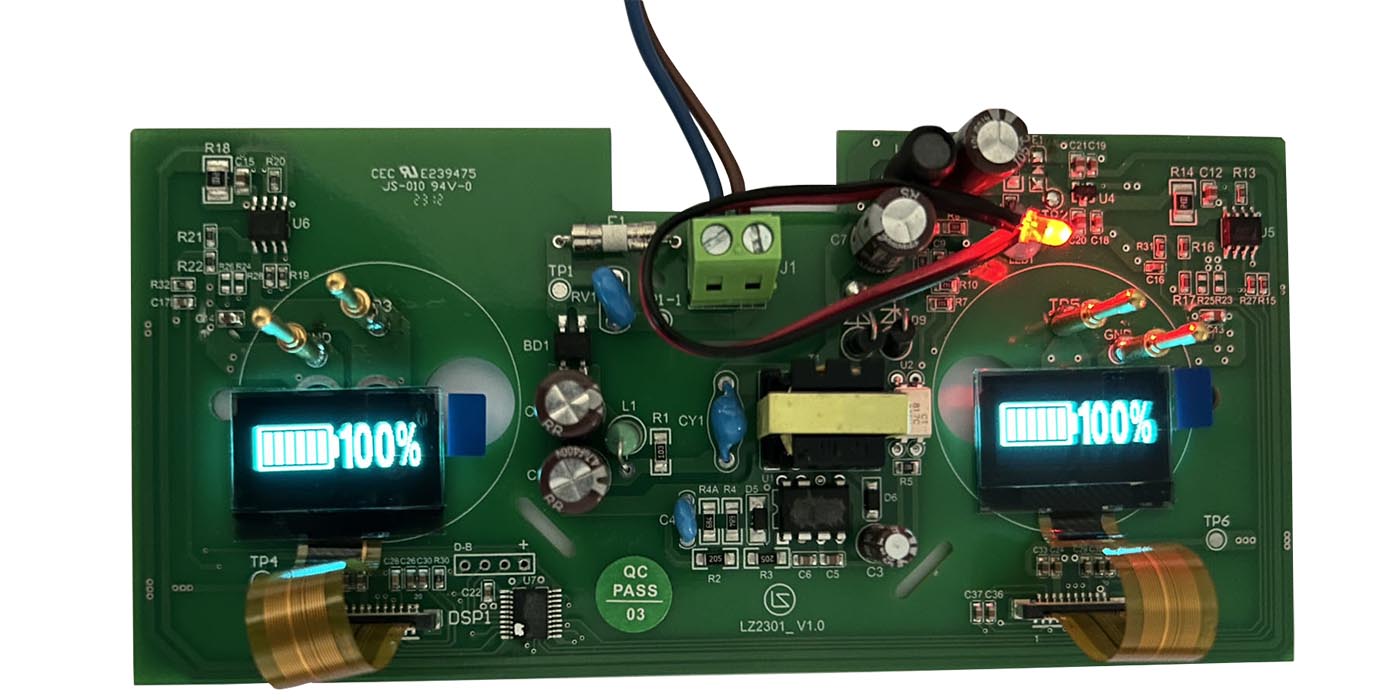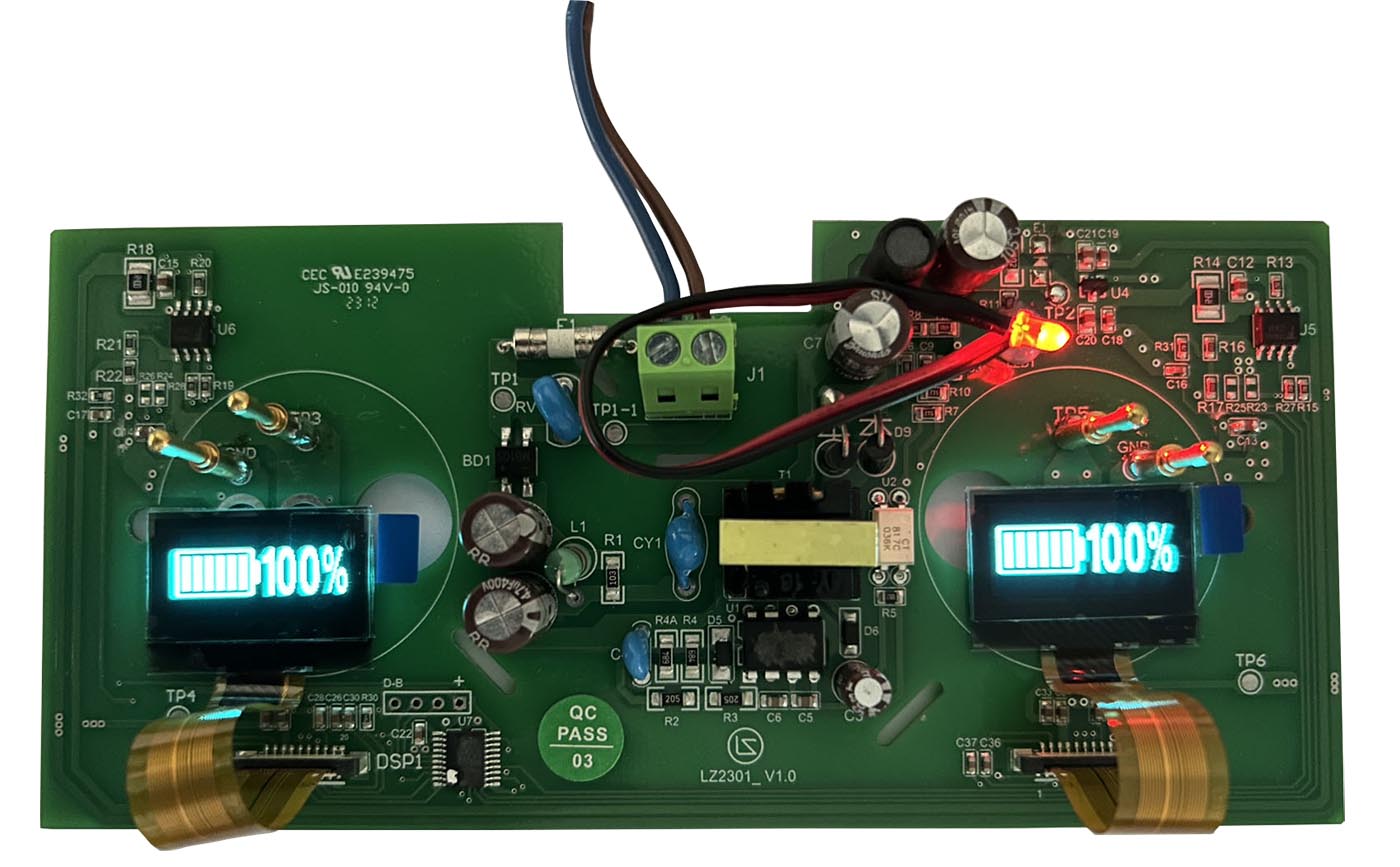How to Learn Electronic Circuit Design: Tips and Tricks for Beginners
Electronic circuit design is an exciting field that involves creating the building blocks of modern electronics. Whether you're interested in designing hardware for computers, smartphones, or other devices, understanding electronic design is essential. In this article, we'll explore some helpful tips and tricks for beginners who want to learn electronic circuit design.
1. Start with the basics
Before diving into electronic circuit design, it is crucial to understand the basics of electricity and how it works. This foundation will help you grasp the principles behind electronic design so that you can create your own circuits. From introductory textbooks to online courses, you can find plenty of resources online to help you get started.

2. Learn to read schematics
Once you have a solid understanding of electrical principles, it's time to learn how to read a schematic. A schematic is a graphical representation of an electronic circuit, showing how the different components are connected. A good understanding of how to read these diagrams is essential as it allows you to see how the circuit works and to modify it.
3. Familiar with electronic design software
Electronic design software such as SCH Design and PCB Design tools help you create electronic circuits efficiently by allowing you to create and test circuits before building them. There is a wide range of software available, including open source programs that are free to use. However, be prepared to spend some time learning how to use these tools properly, and be prepared to practice using them.

4. Use simulation tools
Simulation software helps you create virtual versions of circuits so you can test them without actually building them. This approach can save you a lot of time and money by helping you find and fix bugs before you start building. Additionally, simulation software can help you better understand how different components work and how they interact with each other in a circuit.
5. Learn PCB layout techniques
PCB layout is the process of arranging various components on the PCB board according to the schematic diagram. To create the most efficient and functional circuits, good PCB layout techniques must be learned, such as optimizing the layout for the least amount of electrical noise, minimizing the size and cost of the board, and ensuring that all components are placed in the correct location.
6. Practice, practice, practice!
We all know that practice makes perfect, and this also applies to electronic circuit design. Building electronic circuits can be challenging, so don't expect to master it overnight. Spend time practicing designing different circuits and building them yourself. You can also participate in online forums, connect with other designers.
Post time: May-10-2023

